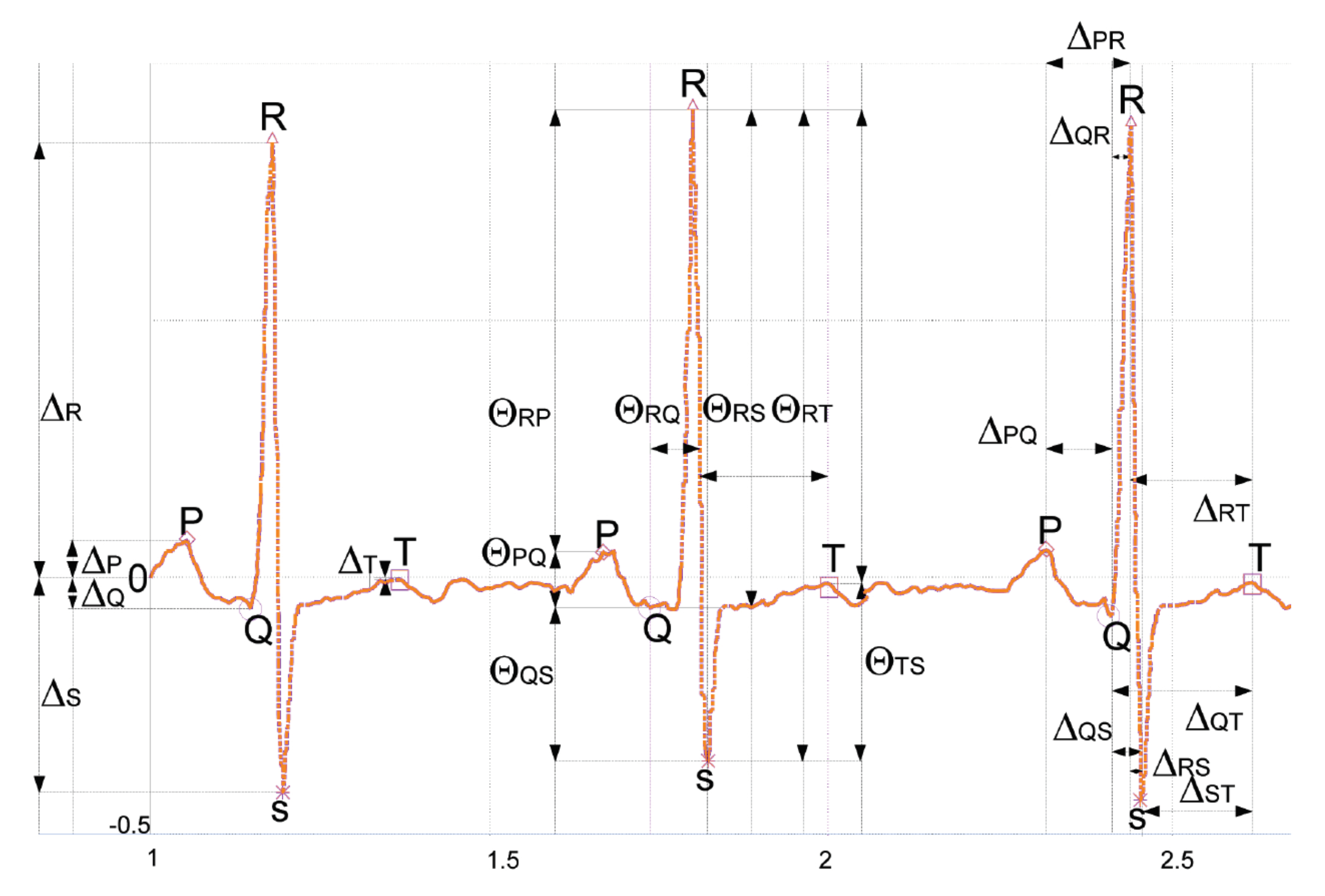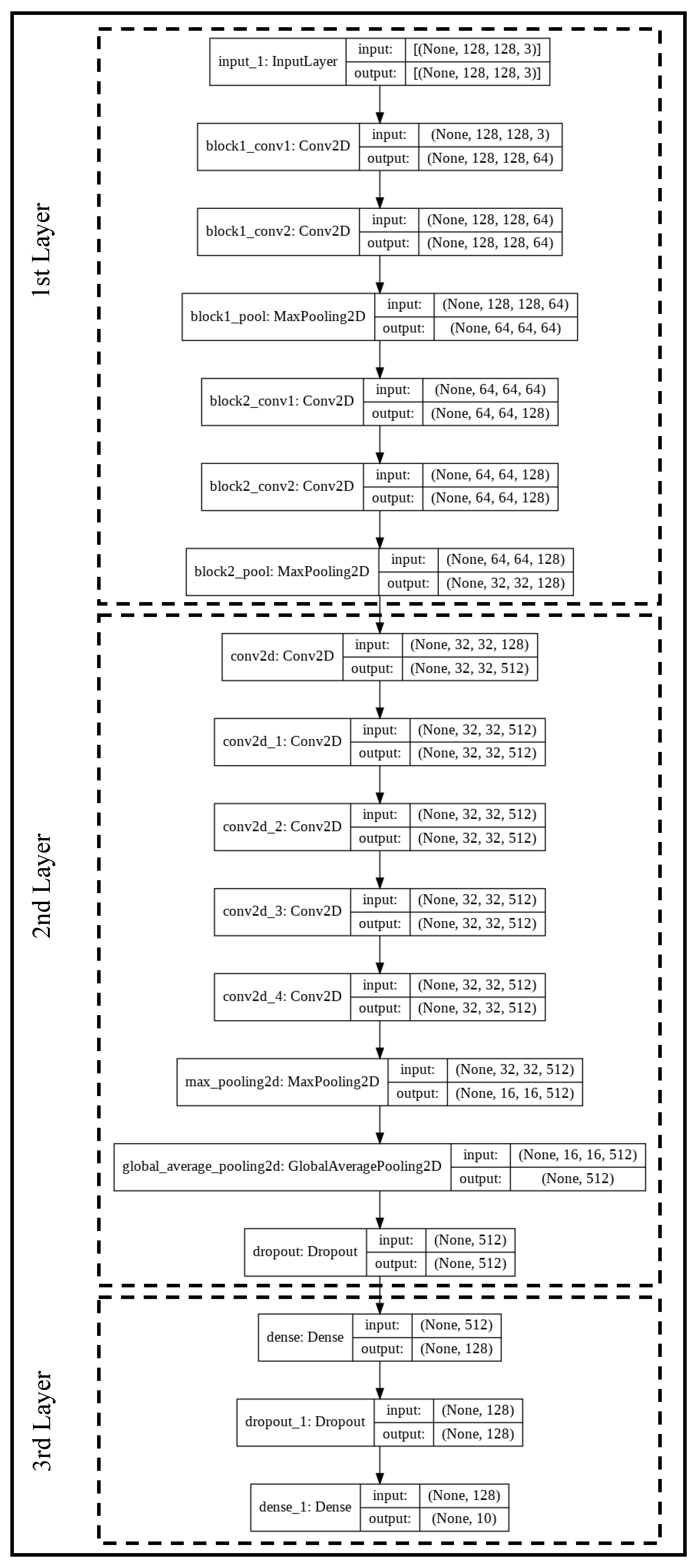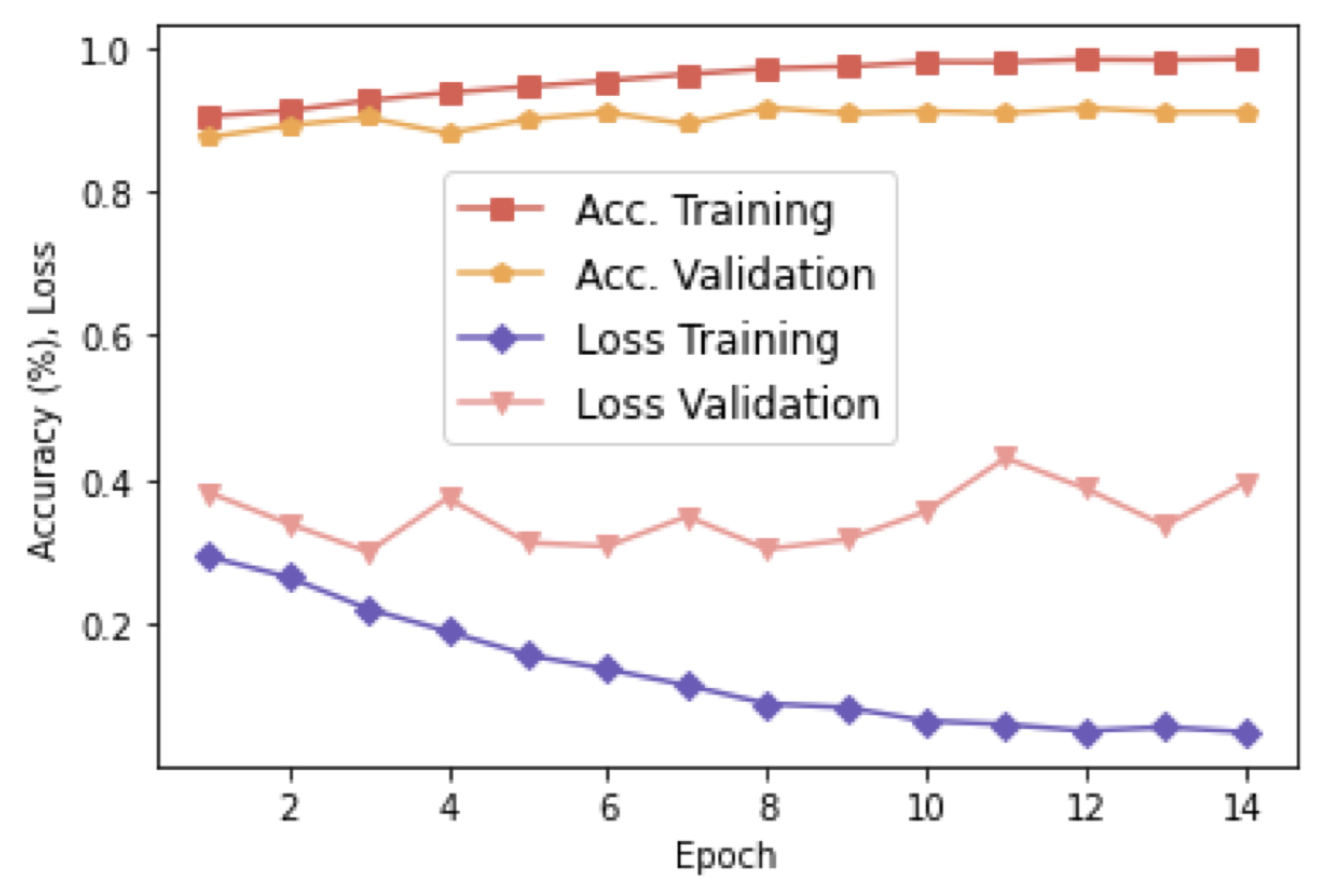ECG Identification Based on the Gramian Angular Field and Tested with Individuals in Resting and Activity States
Abstract
:1. Introduction and Related Work
2. Methods and Materials
2.1. Dataset and Preprocessing
2.2. Gramian Angular Field
2.3. Transfer Learning Network
3. Results
Analysis with Subjects under a Set of Conditions
4. Analysis and Conclusions
Author Contributions
Funding
Institutional Review Board Statement
Informed Consent Statement
Data Availability Statement
Conflicts of Interest
References
- Donida Labati, R.; Muñoz, E.; Piuri, V.; Sassi, R.; Scotti, F. Deep-ECG: Convolutional Neural Networks for ECG biometric recognition. Pattern Recognit. Lett. 2019, 126, 78–85. [Google Scholar] [CrossRef]
- Abdeldayem, S.S.; Bourlai, T. A Novel Approach for ECG-Based Human Identification Using Spectral Correlation and Deep Learning. IEEE Trans. Biom. Behav. Identity Sci. 2020, 2, 1–14. [Google Scholar] [CrossRef]
- Karimian, N.; Tehranipoor, M.; Woodard, D.; Forte, D. Unlock Your Heart: Next Generation Biometric in Resource-Constrained Healthcare Systems and IoT. IEEE Access 2019, 7, 49135–49149. [Google Scholar] [CrossRef]
- Bai, T.; Lin, J.; Li, G.; Wang, H.; Ran, P.; Li, Z.; Li, D.; Pang, Y.; Wu, W.; Jeon, G. A lightweight method of data encryption in BANs using electrocardiogram signal. Future Gener. Comput. Syst. 2019, 92, 800–811. [Google Scholar] [CrossRef]
- Buchner, T. On the physical nature of biopotentials, their propagation and measurement. Phys. A Stat. Mech. Its Appl. 2019, 525, 85–95. [Google Scholar] [CrossRef]
- Berkaya, S.K.; Uysal, A.K.; Gunal, E.S.; Ergin, S.; Gunal, S.; Gulmezoglu, M.B. A survey on ECG analysis. Biomed. Signal Process. Control. 2018, 43, 216–235. [Google Scholar] [CrossRef]
- Li, M.; Si, Y.; Yang, W.; Yu, Y. ET-UMAP integration feature for ECG biometrics using Stacking. Biomed. Signal Process. Control. 2022, 71, 103159. [Google Scholar] [CrossRef]
- Li, R.; Yang, G.; Wang, K.; Huang, Y.; Yuan, F.; Yin, Y. Robust ECG biometrics using GNMF and sparse representation. Pattern Recognit. Lett. 2020, 129, 70–76. [Google Scholar] [CrossRef]
- Xu, J.; Yang, G.; Wang, K.; Huang, Y.; Liu, H.; Yin, Y. Structural sparse representation with class-specific dictionary for ECG biometric recognition. Pattern Recognit. Lett. 2020, 135, 44–49. [Google Scholar] [CrossRef]
- Bak, E.; Choi, G.; Pan, S.B. ECG-Based Human Identification System by Temporal-Amplitude Combined Feature Vectors. IEEE Access 2020, 8, 42217–42230. [Google Scholar] [CrossRef]
- Hejazi, M.; Al-Haddad, S.; Singh, Y.P.; Hashim, S.J.; Abdul Aziz, A.F. ECG biometric authentication based on non-fiducial approach using kernel methods. Digit. Signal Process. 2016, 52, 72–86. [Google Scholar] [CrossRef]
- Pinto, J.R.; Cardoso, J.S.; Lourenço, A.; Carreiras, C. Towards a Continuous Biometric System Based on ECG Signals Acquired on the Steering Wheel. Sensors 2017, 17, 2228. [Google Scholar] [CrossRef] [Green Version]
- Huang, Y.; Yang, G.; Wang, K.; Yin, Y. Multi-view discriminant analysis with sample diversity for ECG biometric recognition. Pattern Recognit. Lett. 2021, 145, 110–117. [Google Scholar] [CrossRef]
- Sepahvand, M.; Abdali-Mohammadi, F. A novel multi-lead ECG personal recognition based on signals functional and structural dependencies using time-frequency representation and evolutionary morphological CNN. Biomed. Signal Process. Control 2021, 68, 102766. [Google Scholar] [CrossRef]
- Zhang, Y.; Zhao, Z.; Deng, Y.; Zhang, X.; Zhang, Y. Human identification driven by deep CNN and transfer learning based on multiview feature representations of ECG. Biomed. Signal Process. Control 2021, 68, 102689. [Google Scholar] [CrossRef]
- Hammad, M.; Zhang, S.; Wang, K. A novel two-dimensional ECG feature extraction and classification algorithm based on convolution neural network for human authentication. Future Gener. Comput. Syst. 2019, 101, 180–196. [Google Scholar] [CrossRef]
- da Silva Luz, E.J.; Moreira, G.J.P.; Oliveira, L.S.; Schwartz, W.R.; Menotti, D. Learning Deep Off-the-Person Heart Biometrics Representations. IEEE Trans. Inf. Forensics Secur. 2018, 13, 1258–1270. [Google Scholar] [CrossRef]
- Li, Y.; Pang, Y.; Wang, K.; Li, X. Toward improving ECG biometric identification using cascaded convolutional neural networks. Neurocomputing 2020, 391, 83–95. [Google Scholar] [CrossRef]
- Ringwald, M.; Crich, A.; Beysard, N. Smart watch recording of ventricular tachycardia: Case study. Am. J. Emerg. Med. 2020, 38, 849.e3–849.e5. [Google Scholar] [CrossRef] [PubMed]
- Maille, B.; Wilkin, M.; Million, M.; Rességuier, N.; Franceschi, F.; Koutbi-Franceschi, L.; Hourdain, J.; Martinez, E.; Zabern, M.; Gardella, C.; et al. Smartwatch Electrocardiogram and Artificial Intelligence for Assessing Cardiac-Rhythm Safety of Drug Therapy in the COVID-19 Pandemic. The QT-logs study. Int. J. Cardiol. 2021, 331, 333–339. [Google Scholar] [CrossRef]
- Bayoumy, K.; Gaber, M.; Elshafeey, A.; Mhaimeed, O.; Dineen, E.H.; Marvel, F.A.; Martin, S.S.; Muse, E.D.; Turakhia, M.P.; Tarakji, K.G.; et al. Smart wearable devices in cardiovascular care: Where we are and how to move forward. Nat. Rev. Cardiol. 2021, 18, 581–599. [Google Scholar] [CrossRef] [PubMed]
- Goldberger, A.; Amaral, L.; Glass, L.; Hausdorff, J.; Ivanov, P.; Mark, R.; Mietus, J.; Moody, G.; Peng, C.; Stanley, H. PhysioBank, PhysioToolkit, and PhysioNet: Components of a new research resource for complex physiologic signals. Circulation 2000, 101, E215–E220. [Google Scholar] [CrossRef] [PubMed] [Green Version]
- Howell, L.; Porr, B. High Precision ECG Database with Annotated R Peaks, Recorded and Filmed under Realistic Conditions. 2018. Available online: https://researchdata.gla.ac.uk/716/ (accessed on 1 January 2023).
- Srivastva, R.; Singh, A.; Singh, Y.N. PlexNet: A fast and robust ECG biometric system for human recognition. Inf. Sci. 2021, 558, 208–228. [Google Scholar] [CrossRef]
- Wagner, P.; Strodthoff, N.; Bousseljot, R.; Kreiseler, D.; Lunze, F.; Samek, W.; Schaeffter, T. PTB-XL, a large publicly available electrocardiography dataset. Sci. Data 2020, 7, 1–15. [Google Scholar] [CrossRef]
- Dar, M.N.; Akram, M.U.; Shaukat, A.; Khan, M.A. ECG Based Biometric Identification for Population with Normal and Cardiac Anomalies Using Hybrid HRV and DWT Features. In Proceedings of the 2015 5th International Conference on IT Convergence and Security (ICITCS), Kuala Lumpur, Malaysia, 24–27 August 2015; pp. 1–5. [Google Scholar] [CrossRef]
- Lee, W.; Chang, W.W. Compressed domain ECG biometric with two-lead features. In Proceedings of the First International Workshop on Pattern Recognition, Tokyo, Japan, 11–13 May 2016; Jiang, X., Chen, G., Ishii, C., Capi, G., Eds.; SPIE: Bellingham, WA, USA, 2016; p. 100111A. [Google Scholar] [CrossRef]
- Camara, C.; Peris-Lopez, P.; Tapiador, J.E. Human Identification Using Compressed ECG Signals. J. Med. Syst. 2015, 39, 148. [Google Scholar] [CrossRef] [Green Version]
- Wang, Z.; Oates, T. Imaging Time-Series to Improve Classification and Imputation. In Proceedings of the 24th International Conference on Artificial Intelligence, Buenos Aires, Argentina, 25–31 July 2015; pp. 3939–3945. [Google Scholar]
- Simonyan, K.; Zisserman, A. Very Deep Convolutional Networks for Large-Scale Image Recognition. In Proceedings of the International Conference on Learning Representations, San Diego, CA, USA, 7–9 May 2015. [Google Scholar]
- Choi, H.; Lee, B.; Yoon, S. Biometric Authentication Using Noisy Electrocardiograms Acquired by Mobile Sensors. IEEE Access 2016, 4, 1266–1273. [Google Scholar] [CrossRef]
- Liu, J.; Yin, L.; He, C.; Wen, B.; Hong, X.; Li, Y. A Multiscale Autoregressive Model-Based Electrocardiogram Identification Method. IEEE Access 2018, 6, 18251–18263. [Google Scholar] [CrossRef]
- Pathoumvanh, S.; Airphaiboon, S.; Hamamoto, K. Robustness study of ECG biometric identification in heart rate variability conditions. IEEJ Trans. Electr. Electron. Eng. 2014, 9, 294–301. [Google Scholar] [CrossRef]
- Zhang, Q.; Zhou, D.; Zeng, X. HeartID: A Multiresolution Convolutional Neural Network for ECG-Based Biometric Human Identification in Smart Health Applications. IEEE Access 2017, 5, 11805–11816. [Google Scholar] [CrossRef]
- Hammad, M.; Liu, Y.; Wang, K. Multimodal Biometric Authentication Systems Using Convolution Neural Network Based on Different Level Fusion of ECG and Fingerprint. IEEE Access 2019, 7, 26527–26542. [Google Scholar] [CrossRef]
- Rathore, A.S.; Li, Z.; Zhu, W.; Jin, Z.; Xu, W. A Survey on Heart Biometrics. ACM Comput. Surv. 2020, 53, 1–38. [Google Scholar] [CrossRef]
- Furnell, S. Password meters: Inaccurate advice offered inconsistently? Comput. Fraud. Secur. 2019, 2019, 6–14. [Google Scholar] [CrossRef]
- Frisch, D.R. A Novel Technique to Expand the Electrocardiographic Recording Capability from an Apple Watch. Am. J. Med. 2019, 132, 940–941. [Google Scholar] [CrossRef] [PubMed]
- Ingale, M.; Cordeiro, R.; Thentu, S.; Park, Y.; Karimian, N. ECG Biometric Authentication: A Comparative Analysis. IEEE Access 2020, 8, 117853–117866. [Google Scholar] [CrossRef]






| Acc. Training | Acc. Validation | Acc. Test |
|---|---|---|
| 98% | 91% | 91% |
| Proposal | Approach | Database | Accuracy | FRR | FAR |
|---|---|---|---|---|---|
| Choi et al. [31] | MLP (handcrafted; fiducial) | Proprietary | 93.8% | 0.085 | 0.085 |
| Liu et al. [32] | RF (handcrafted; fiducial) | Proprietary | 93.1% | 0.046 | 0.010 |
| Pinto et al. [12] | MLP (handcrafted; non-fiducial) | Proprietary | 92.4% | 0.033 | 0.033 |
| Pathoumvanh et al. [33] | ED (handcrafted; non-fiducial) | Proprietary | 97.0 % | — | — |
| Labati et al. [1] | CNN (handcrafted; fiducial) | E-HOL-03-0202-003 , PTB | 100% | 0.02 | 0.02 |
| Abdeldayem et al. [2] | 2D-CNN (non-handcrafted; non-fiducial) | CEBSDB , Physionet-NSRDB FANTASIA and others | 95.6% | 0.001 | 0.022 |
| Zhang et al. [34] | 1D-CNN (non-handcrafted; non-fiducial) | CEBSDB , Physionet-NSRDB FANTASIA and others | 93.5% | — | — |
| Hammad et al. [35] | CNN VGG-Net (non-handcrafted; non-fiducial) | MWM-HIT , PTB and CYBHi | 96.8% | 0.03 | 0.03 |
| Our proposal | Tuned VGG19-net (non-handcrafted; non-fiducial) | Physionet-NSRDB | 91.0% | 0.092 | 0.0102 |
| ECG-GUDB | 91.6% | 0.081 | 0.0094 |
Disclaimer/Publisher’s Note: The statements, opinions and data contained in all publications are solely those of the individual author(s) and contributor(s) and not of MDPI and/or the editor(s). MDPI and/or the editor(s) disclaim responsibility for any injury to people or property resulting from any ideas, methods, instructions or products referred to in the content. |
© 2023 by the authors. Licensee MDPI, Basel, Switzerland. This article is an open access article distributed under the terms and conditions of the Creative Commons Attribution (CC BY) license (https://creativecommons.org/licenses/by/4.0/).
Share and Cite
Camara, C.; Peris-Lopez, P.; Safkhani, M.; Bagheri, N. ECG Identification Based on the Gramian Angular Field and Tested with Individuals in Resting and Activity States. Sensors 2023, 23, 937. https://doi.org/10.3390/s23020937
Camara C, Peris-Lopez P, Safkhani M, Bagheri N. ECG Identification Based on the Gramian Angular Field and Tested with Individuals in Resting and Activity States. Sensors. 2023; 23(2):937. https://doi.org/10.3390/s23020937
Chicago/Turabian StyleCamara, Carmen, Pedro Peris-Lopez, Masoumeh Safkhani, and Nasour Bagheri. 2023. "ECG Identification Based on the Gramian Angular Field and Tested with Individuals in Resting and Activity States" Sensors 23, no. 2: 937. https://doi.org/10.3390/s23020937
APA StyleCamara, C., Peris-Lopez, P., Safkhani, M., & Bagheri, N. (2023). ECG Identification Based on the Gramian Angular Field and Tested with Individuals in Resting and Activity States. Sensors, 23(2), 937. https://doi.org/10.3390/s23020937







